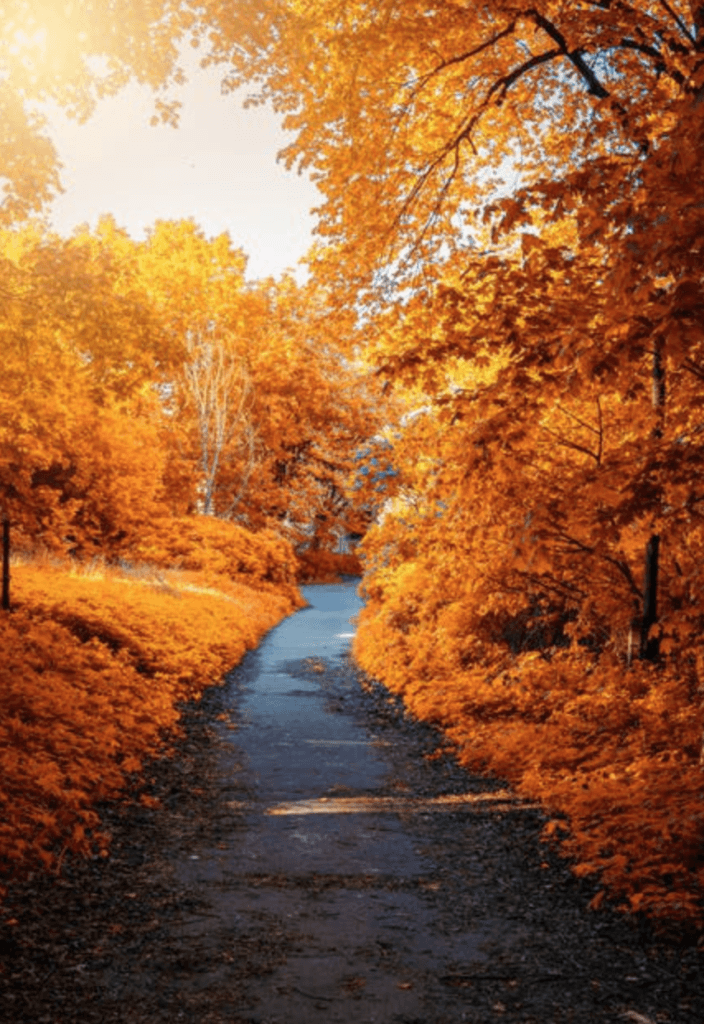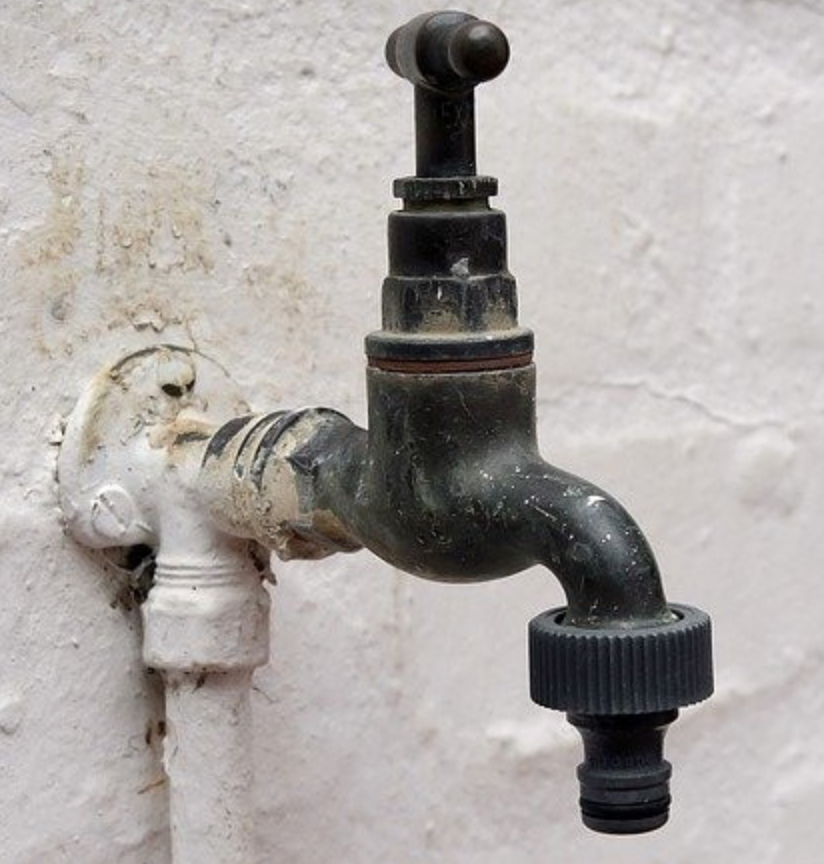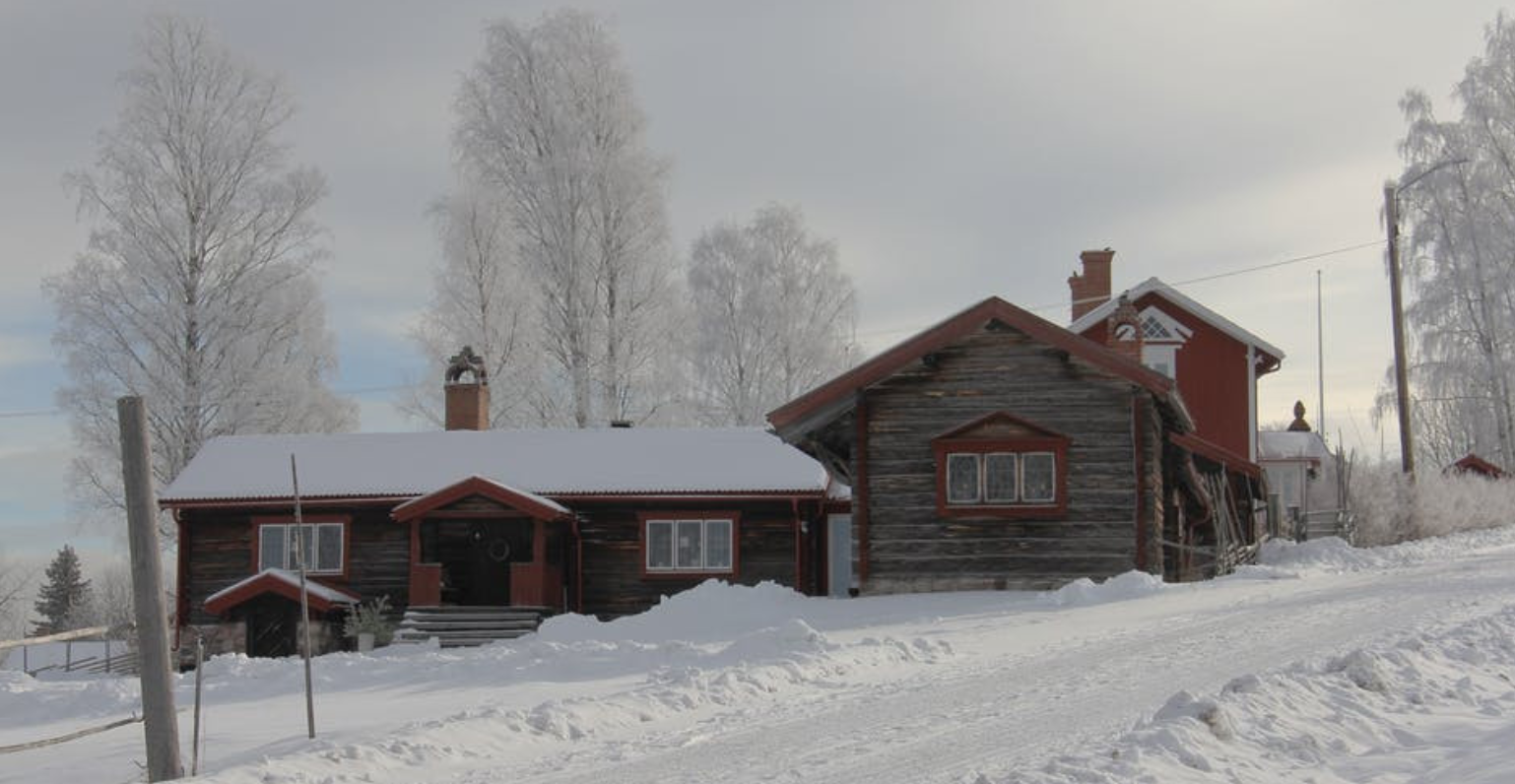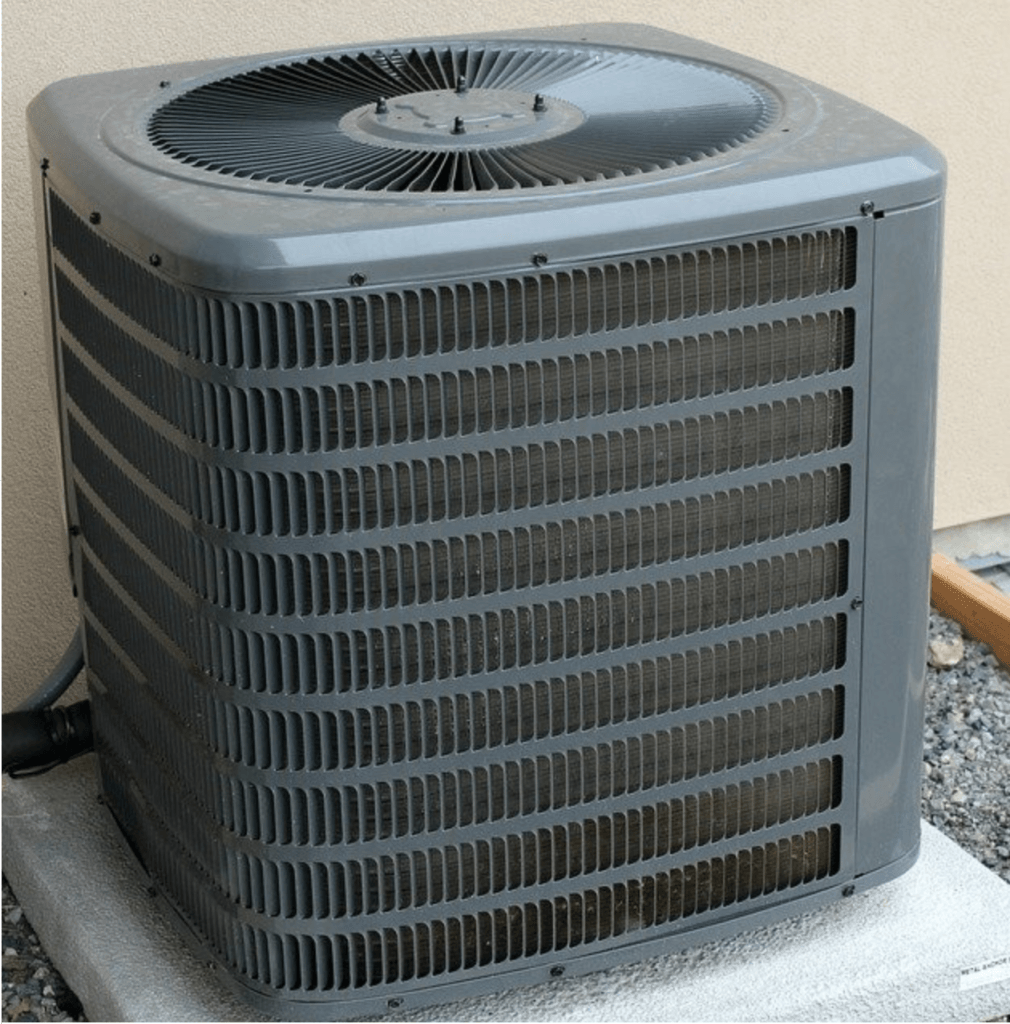Winterizing house plumbing can be a tedious job, but unfortunately, it has to be done. It is a process of removing water from pipes to prevent freezing. But why do you need to winterize house plumbing?
Winterizing is necessary to prevent pipes from breaking. When the temperatures drop below the freezing point, water in the pipes will freeze and expand. The expanding process may cause a breakage of pipes, and that can be expensive to fix. It can also create a flood later when the ice melts.
I knew that our new house in Lewes, Delaware, would come with many responsibilities and questions. My new homeowner’s manual lists exterior faucets’ winterization as one of those duties of the owner.
Like most house topics, I have never heard of the term “winterizing” even though we had a house in Pasadena, California for two years. There are no real winters in southern California, so this topic probably didn’t apply there.
This is a good moment for me to understand this topic before winter comes. The following paragraphs show what I have learned about winterizing house plumbing.
When to Winterize House Plumbing?

It is necessary to winterize plumbing in houses that are going to be vacant for an extended period, and there will be no water flow in the pipes. If you have a vacation home located in a cold place, you should do it before winter, or before the temperatures start dropping. Houses, where the plumbing system is used daily, do not have to be winterized.
You should winterize the plumbing system in your own home when you are on a long winter vacation. Burst pipes are hard to fix, especially if they are located in inaccessible areas of the house.
If you don’t expect cold weather and forgot to winterize your vacant property, don’t worry, nothing will happen in a day but do it as soon as possible, because the exposed pipes are the most vulnerable.
How to Winterize House Plumbing?
First of all, make sure you are aware of all areas of your plumbing system. Locate all the faucets, valves, and exposed sections. Then follow these steps to remove any water from the pipes and winterize the system properly:
- Locate the main valve and shut it off.
- If you have a well, turn off the water pump.
- If you have a water heater, turn it off too.
- Open all of the valves and faucets and leave them open. Leaving them open prevents potential pressure buildup from water remaining in the pipes.
- Don’t turn off your thermostat. Adjust it to about 50 – 55 degrees. This will help prevent your inside house pipes from freezing.
- Drain your hot water tank if you have one.
- Flush the toilets. You can never remove all the water from the toilet bowl, and that’s why antifreeze will be a great asset. Pour a generous amount in the toilet. It will help to prevent freezing.
How to Winterize Your Exterior Faucets

If you never go on vacation in winter, exterior winterization is the only thing you need to worry about. Remember that if you live in the house and use it daily, you do not have to winterize your house inside. But don’t forget to keep your thermostat at least around 50 – 55 degrees in winter to prevent frozen pipes inside your house.
Outside pipes and faucets are prone to freezing. Some pipes are located outside the walls, for example, in garages or basements. To winterize your exterior faucets, find all your faucets outside and follow these steps:
- If the faucet has a garden hose attached, remove it and store it until next spring.
- Find the inside shut off valve for the faucet and close it by turning it clockwise. The shut-off valve should be located somewhere straight through the wall where the outside faucet is. It could be in the basement, under the kitchen sink, etc.
- After you close the shut-off valve, open the outside faucet by turning it counterclockwise and letting it drain out. Keep the faucet open all winter.
- If your shut off valve has a bleeder cap, open the bleeder cap to bleed the system. You may need a small container to capture the water.
This video below is the best explanation I have found of how to winterize your exterior faucets.
How About Your Sprinkler System?
If your house has a sprinkler system like mine, you also need to take care of it before winter. Sprinkler systems are prone to freezing as the pipes are very exposed.
I will get help with this because it includes blowing out of the pipes and I don’t think this is an easy DIY project for me, but this may be an easy task for you. You will need some tools to handle this, including a compressor.
This video below goes over the steps you need to take to winterize a typical sprinkler system, which includes blowing out the pipes.
How Do You Recognize a Frozen Pipe?
Recognizing frozen pipes is very important. If you winterized your plumbing system, but something got frozen, you have to inspect all the pipes to see if there is any damage and fix it before a more significant problem occurs.
There are two main signs of frozen pipes:
- After turning the faucet on, water is not flowing – if this happens, try to locate a problem or call a professional. Do not try to apply any heat to the pipes as sudden temperature changes can cause the ice, and your pipe, to break.
- You can hear the water flowing after you turned it off – this means the damage is already done, and there is a leak. Shut off the main valve, try to locate the problem, and call a professional.
If your pipes are frozen, they may still survive that problem. Avoid forceful defrosting. It is important to mention that pipes do not necessarily break at the same point where they are frozen. They may break downstream as the pressure increases. It means that if an exposed pipe freezes, a break can occur anywhere in the house, depending on your plumbing system layout.
House Maintenance To-Do List
I like to identify repetitive tasks that need to be done to maintain our house. I add these items to the House Calendar so that I don’t forget to complete them. This is the item I have added:
- Winterize exterior faucets and sprinkler system: Annually
Final Thoughts
As they say, “An ounce of prevention is worth a pound of cure.” If you forget to winterize your house or don’t want to do it, it can cost you a lot of money in the long run. Make sure to winterize your home before the cold season to enjoy next Spring without unnecessary repair bills.
Related Posts:




